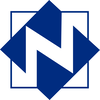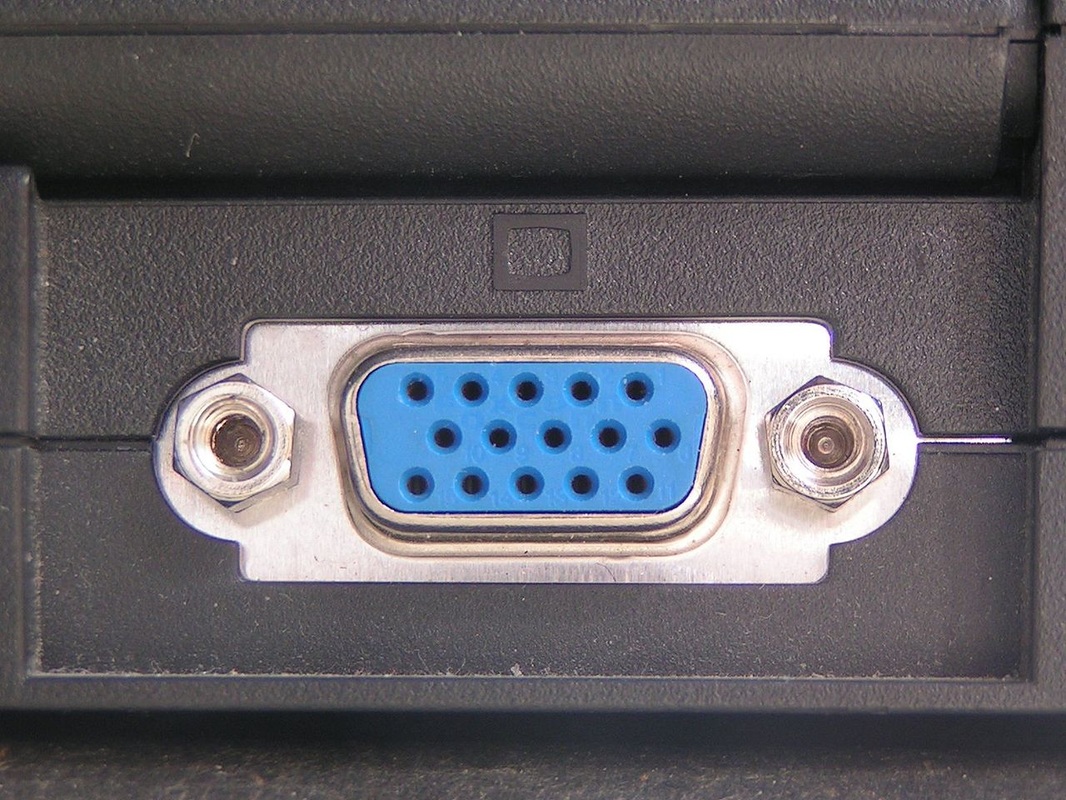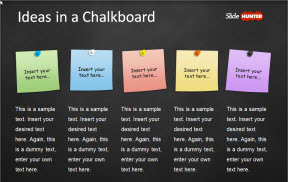|
I've been meaning to scrap together something like this for our libraries for over a year now. There have been questions about whether or not a library needs to be 501(c)(3) status, and what they get in either case. Recently, I became aware of a non-profit organization that believes it is not Tech soup eligible for Microsoft licensing. It may not be, there are plenty of caveats beyond my very quick and limited research which can affect eligibility for Tech Soup in general, or for any of the numerous vendors whose products it aggregates.
The Google Doc I whipped up (see link immediately below) is be no means authoritative, but it does highlight important language specific to Microsoft Licensing eligibility via Tech Soup. https://docs.google.com/document/d/15zer9dNQ0Vg7l0oRACIwYleXXiEjxH77uatw0C1TCtU/edit?usp=sharing (in theory, no Google+ logging in required to view). If you're not absolutely certain (eg, you've requested a Tech Soup account and/or access to certain vendors' products and been definitively denied), I recommend consulting directly with Tech Soup and researching your institution's or organization's eligibility for the products you're using and needing. Also, just a reminder, if you're representing a Public Library using Microsoft Office Desktop products on staff computers, look into the Office 365 for Education licensing options. There's a whole lot of FREE there. Good luck, have fun, and license responsibly!!! Joshua Klingbeil - IT Director Wisconsin Valley Library Service The simplest explanation is that the USB cable/connection has gone through another upgrade. When I say "upgrade" I mean it has a smaller, different shape and transfers your data ten times faster than USB 3.0 Type-A/B - big stuff for a brighter future! Granted, I don't think the average computer user noticed (or cared) when USB 3.0 devices hit the marketplace with its blue interior in early 2010. Though that new standard was also ten times faster than its predecessor, how many people actually knew they had a USB 3.0 device/cable and then managed to plug it into the proper 3.0 SuperSpeed port (If there even was one)? Most folks just go for whatever USB port is handy and then wait however long it takes to open/transfer their files, right? Well, the reason I am writing about this latest iteration is because the different connector shape will change everything. Right now, the Type-A connector end is the flat rectangle shape with which we are all familiar, while the other end (Type-B) can be one of about five different kinds. The new Type-C connector (pictured below), on the other hand, will be the same small oval on both ends of the cable. This means the cable can be used for even the smallest peripherals (like a phone), you do not have to worry about which end you use because they are both the same, and it can plug in either way - no more flipping it around to find the correct orientation to slide it into the port! As the new USB 3.1 cables/ports will slowly find their way onto computers and devices, you will need to buy an adapter for any new Type-C device you get so that you can connect to the millions of existing USB 2.0 and 3.0 Type-A ports that will around for a while. Since USB 3.1 is backward compatible, you should have no problem making things work until the older stuff is gone.
Here are some links for more info and pictures: - http://www.cnet.com/news/usb-type-c-one-cable-to-connect-them-all/ - http://www.pcmag.com/article2/0,2817,2478121,00.asp - https://en.wikipedia.org/wiki/USB I thought it'd be a good idea to take some time and go over all those different video connectors that are out there. Disclaimer: acronyms and tech jargon will be present in this post. However, this is useful information to have when talking to the help desk and/or you plan on adding an extra monitor. Lets dive in: VGA This is probably the most prevalent video connector in the library system. (Go to blog...)
I'm working on a few upcoming presentations and often use Google Slides or PowerPoint. I've used both of them often enough that I'm bored with their templates and backgrounds. I regularly use images in my slides but what about those times that a template would work best?
So, I went to one of my favorite sites for questions like this - Free Technology for Teachers. I've shared other tips, tricks, and ideas from this blog before and I highly recommend you bookmark thesite, add the blog to your favorite reader, or follow Richard onTwitter or your favorite social media site. And, after doing a quick search on his site, I came up with this blog post:Free PowerPoint Templates for Teachers and Students. I started browsing through Slide Hunter and found some fun new templates to try. I created a free account and downloaded my first template in under 15 minutes. Don't be surprised if you see something like this in an upcoming presentation from me. Say you’re doing a web search on something like the flu. The next thing you know, an ad for a flu remedy pops up on your web browser, or your video streaming service starts playing a commercial for Tylenol.
The content of those ads is no coincidence. Digital ads are able to follow people around the Internet because advertisers often place invisible trackers on the websites you visit. Their goal is to collect details on everywhere you go on the Internet and use that data to serve targeted ads to your computer, smartphone and connected television. (New York Times article...) |
AuthorJohn's collection of tech tips, trends, and training for NFLS librarians Click to set custom HTML
Archives
December 2018
|
|




 RSS Feed
RSS Feed
